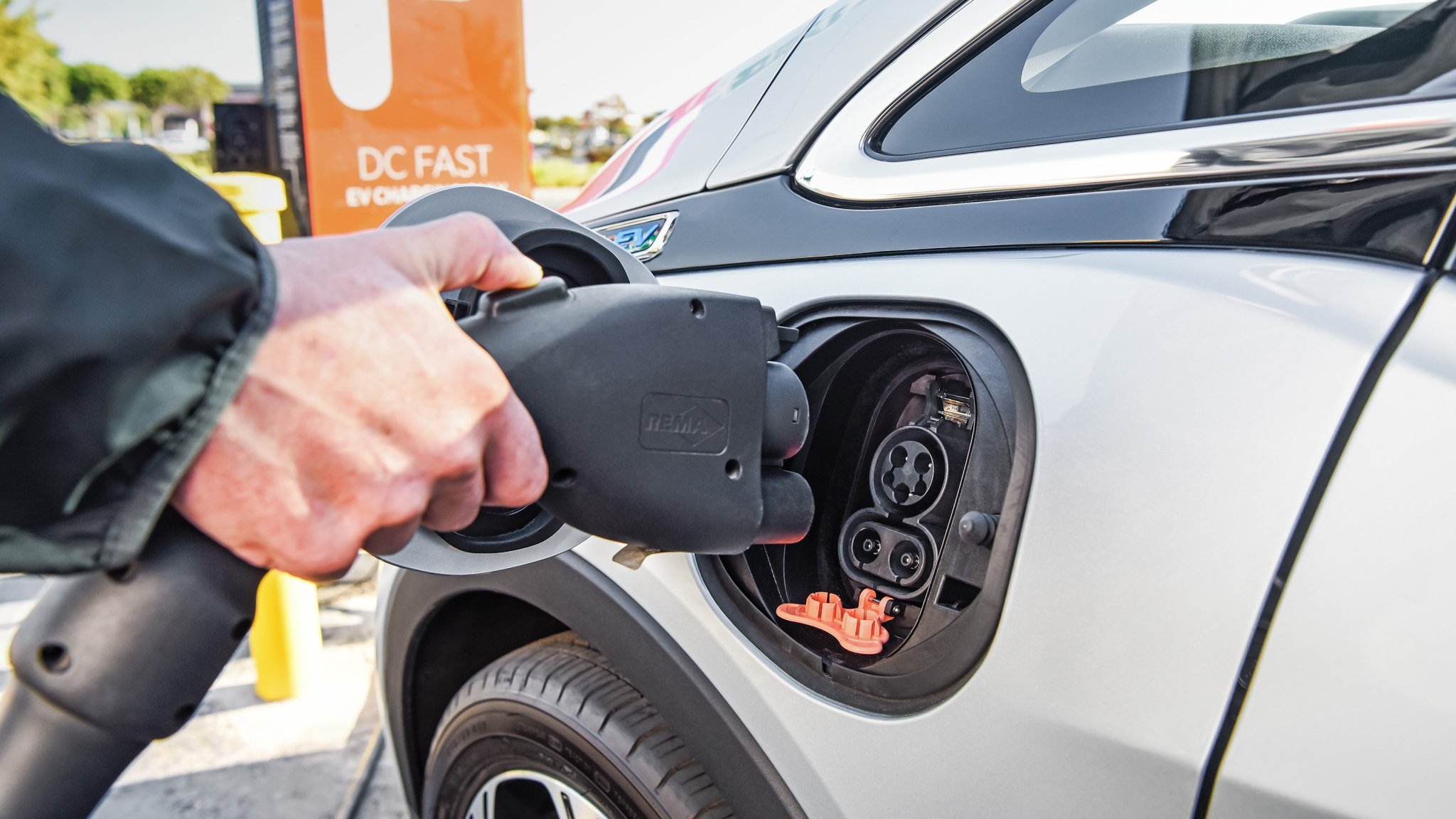

Sales of Electrically Chargeable Vehicles (EVs and plug-in hybrids) in Denmark are down 60.5 percent in the first quarter of 2017. For reference, car sales in the same category are up an average of 30 percent in the EU with Sweden leading the way with a sales boost of almost 80 percent.

Sales have plunged in Denmark because of the 2015 announcement that tax breaks for electric cars would be phased out. Previously, ECVs were not subject to Denmark’s usual 180 percent import tax for vehicles powered by an internal combustion engine. With those incentives going away, Danes are suddenly much less interested in green vehicles. For example, Tesla sold 2,738 units in Denmark in 2015 and just 176 in 2016.
“It’s no secret electrical vehicle sales have been below what we expected a year and a half ago,” said Danish Tax Minister Karsten Lauritzen. “The agreed phase-in has turned out to be hard and that likely halted sales.” You don’t say?
Unable to ignore the massive drop in ECV sales, the Danish government has decided to tweak the regulation. They still lead to an eventual elimination of subsidies, but more gradually. For now, the current incentives will stay in place until 5,000 new electric vehicles are sold between 2016-2018. When they hit 5,000 units or when 2019 rolls around, whichever comes first, there will be a 40 percent registration tax on ECVs going up to 65 percent in 2020, 90 percent in 2021, and 100 percent in 2022. It still beats 180 percent, I guess.
That might be too little too late for automakers. Why would they put any investment of EVs or plug-in hybrids into a country where they’re barely buying any when they could move that investment to Sweden or Norway where they’re selling like mad? Head of the Danish Electric Car Alliance Laerke Flader said himself that the EV industry “doesn’t want to invest in a market that may not be there next year. They’d rather invest where conditions are better and predictable long-term.”